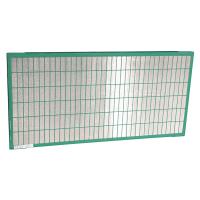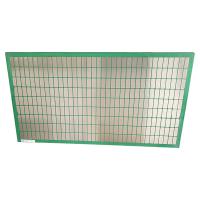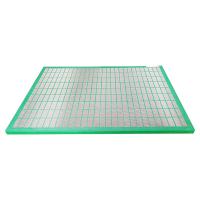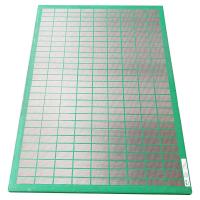

A vertical vacuum degasser is a specific type of equipment used in the oil and gas industry to remove gas, particularly dissolved gas such as methane, from drilling fluids or mud. It is an essential component of the drilling process to maintain the performance and stability of the drilling fluid.
During the drilling operation, drilling fluids are circulated down the drill pipe and back up to the surface, carrying with them rock cuttings and other debris. These fluids need to be treated to remove gas and other contaminants before being reused in the drilling process. The vertical vacuum degasser is designed to efficiently remove the gas from the drilling fluid.
The degasser consists of a vertical column or vessel that allows the drilling fluid to flow downward while creating a vacuum inside the vessel. As the fluid enters the degasser, it is dispersed over a series of baffles or trays, causing it to break into thin films or droplets. This increases the surface area of the fluid, facilitating the release of gas bubbles.
The vacuum inside the degasser draws the gas bubbles to the surface, where they are vented out of the system. The degassed drilling fluid then continues its flow back into the active mud system, free from excessive gas content.
The vertical vacuum degasser helps prevent gas interference and other issues that can affect the drilling process. By removing the gas from the drilling fluid, it improves the efficiency of the mud system, enhances drilling performance, and reduces the risk of well control problems.
It's important to note that the design and specific features of a vertical vacuum degasser may vary among manufacturers, but the overall purpose and function remain the same.
A Mud Gas Separator (MGS), also known as a gas buster or poor boy degasser, is a specialized piece of equipment used in the oil and gas industry to separate gas, primarily hydrocarbon gases, from drilling mud or drilling fluid. It is an important safety device used to prevent the accumulation of gas in the drilling system, which could lead to hazardous situations such as blowouts.
During drilling operations, gas may be released from the formation being drilled, and it can mix with the drilling mud, creating a gas-cut or gas-laden mud. If not properly managed, the gas can cause instability in the wellbore, hinder drilling performance, and pose a safety risk.
The Mud Gas Separator is typically a cylindrical or conical vessel installed at the surface near the drilling rig. The drilling mud, along with the entrained gas, is directed into the separator. Inside the separator, the mud and gas are subjected to a sudden decrease in pressure, which allows the gas to rapidly expand and separate from the mud.
The separator is designed with a series of baffles or plates to help enhance the separation process. The gas, being lighter, rises to the top of the separator and is vented to a safe location, typically through a vent line or flare system. The separated drilling mud, with reduced gas content, is then discharged from the bottom of the separator and returned to the active mud circulation system.
Mud Gas Separators are an important safety measure during drilling operations, as they help prevent the accumulation of gas in the wellbore, which could lead to a blowout. They are often used in conjunction with other well control equipment, such as blowout preventers, to maintain well integrity and ensure safe drilling operations.
For our equipment brochure or more info, please visit our unique official website: www.gnsolidscontrol.com
MichaelSong
Sales manager
Whatsapp:+8617801799913





